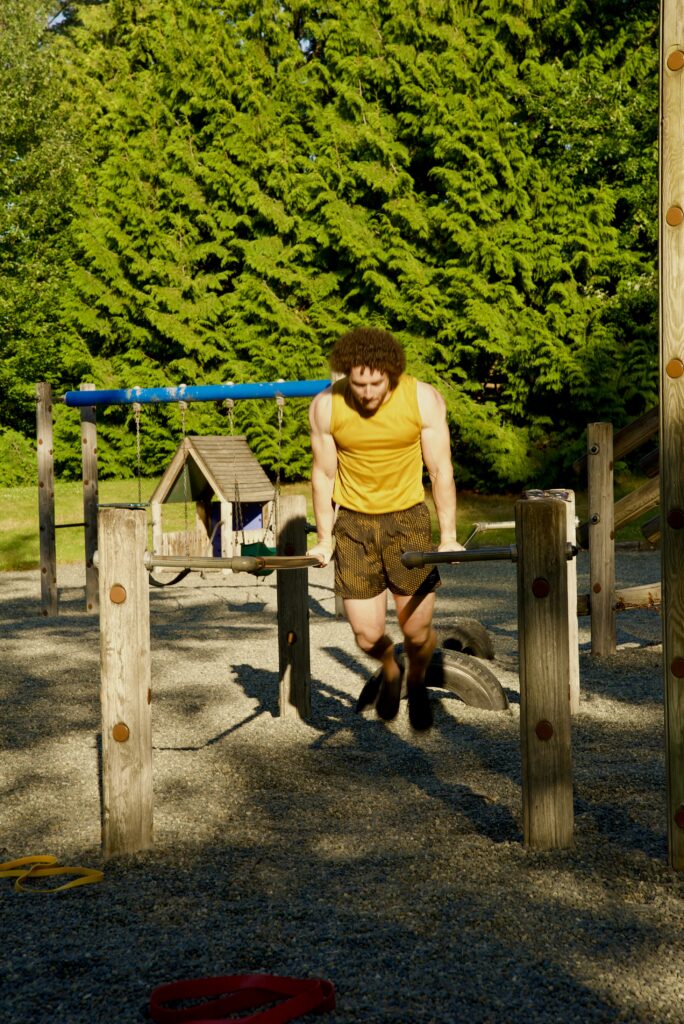
Welcome to my blog page! My name is Mostafa, I was born and raised in Egypt. I am in my final semester of Computer Science, and I lead the Victoria Calisthenics Community! I hope to find my writing style in this course, and learn about how to become a better teacher.